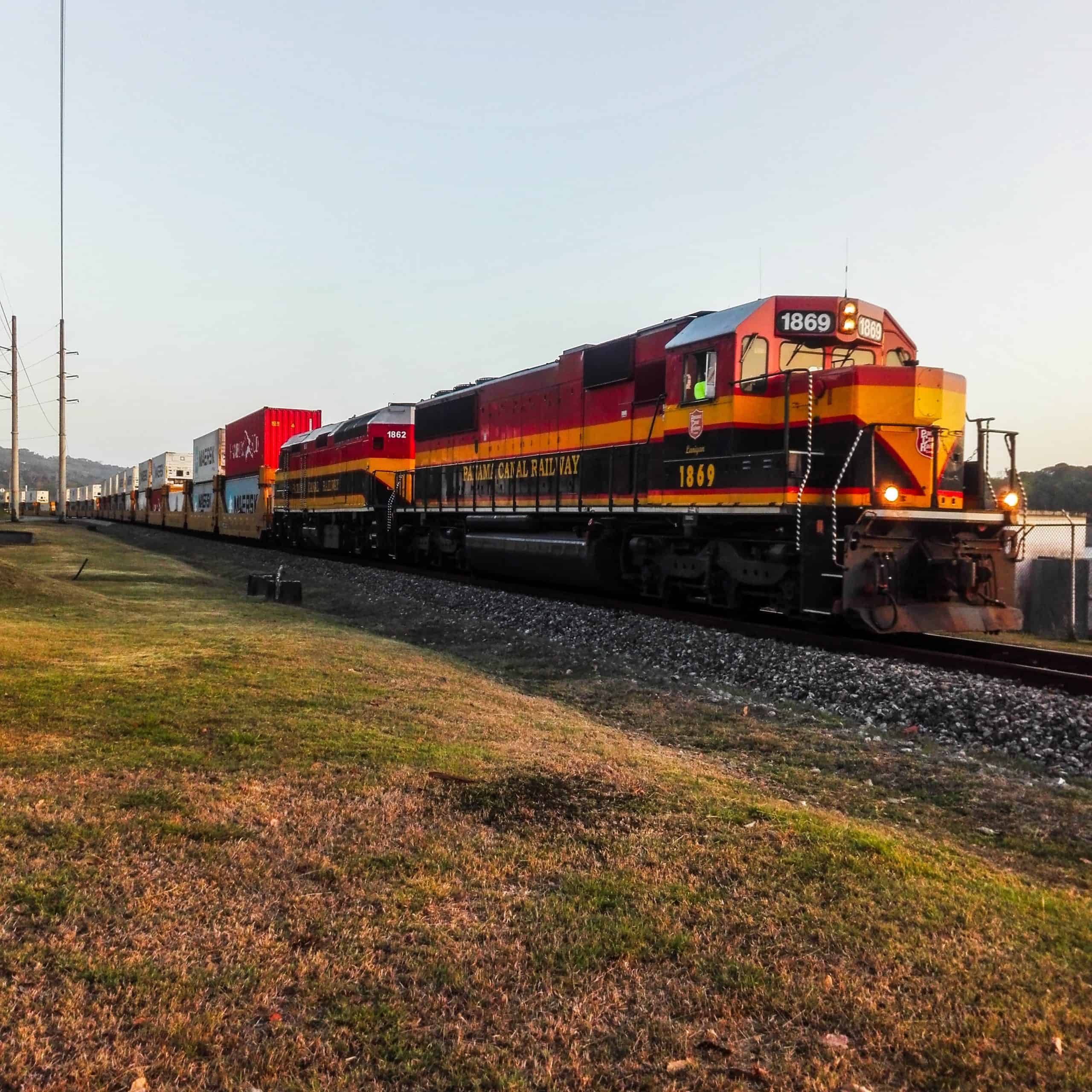Biden Admin Announces 2-Man Crew Requirement on Freight Trains, Which Unions Wanted but Failed to Get in Contract Negotiations
Today (Tuesday, April 2nd), the Biden Administration announced a new rule that increases the minimum crew size to two on every train for all large freight railroads. That doesn’t mean every train required to have two crew members is a large train. The law treats freight rail companies differently based on company size, specifically targeting large rail companies, as made clear by the U.S. Department of Transportation’s own announcement of the new rule:
… the final rule contains some differences from the initial notice of proposed rulemaking in how it treats freight railroads, especially Class II and III freight railroads. In limited cases, the rule permits exceptions for smaller railroads to continue or initiate certain one-person train crew operations by notifying FRA and complying with new federal safety standards.
Classes are based on railroads’ annual revenue; Class I is the highest revenue category.
Still, the Biden Administration argues the rule change is based on safety….

Improved Safety Or Unjustified Regulation
The Department of Transportation began its, yes redundant, “Final Rule on Train Crew Size Safety Requirements to Improve Rail Safety” announcement with the following:
Today, as part of the Biden-Harris Administration’s ongoing efforts to strengthen rail safety and hold railroads accountable, Secretary Pete Buttigieg announced that the U.S. Department of Transportation’s Federal Railroad Administration (FRA) has issued a final rule establishing minimum safety requirements for the size of train crews….
“Common sense tells us that large freight trains, some of which can be over three miles long, should have at least two crew members on board – and now there’s a federal regulation in place to ensure trains are safely staffed,” said U.S. Transportation Secretary Pete Buttigieg.
Unfortunately, when politicians appeal to “common sense” for new regulation or law changes, it often means there’s a lack of data to support it. The Association of American Railroads (AAR) argues that’s the case when it comes to this rule:
Today, the Federal Railroad Administration released a final rule titled the “Train Crew Size Safety Requirement,” despite the lack of evidence connecting crew size to rail safety. The FRA abandoned a similar rule in 2019 after failing to identify evidence to justify a safety need.
“FRA is doubling down on an unfounded and unnecessary regulation that has no proven connection to rail safety,” said AAR President and CEO Ian Jefferies. “Instead of prioritizing data-backed solutions to build a safer future for rail, FRA is looking to the past and upending the collective bargaining process.”
AAR goes on to point out data of improved rail safety it claims is due to extensive employee training and private investments in technology and infrastructure:
Rail carriers prioritize data-driven safety improvements through extensive employee training and private investments in technology and infrastructure. These actions have driven tangible results: the casualty rate for Class I railroad employees has dropped by 63% since 2000—reaching an all-time low in 2023—and the overall train accident rate is down 27% since 2000 and 6% since 2022. Each year, railroads devote billions to enhance their infrastructure, deploy safety technologies and invest in their employees to help the industry deliver safely and reliably into the future.
It was, however, a train derailment in February of last year that raised the heat on rail safety, turning it into a hot button topic. A Norfolk Southern-operated train crashed, spilling toxic chemicals that polluted soil, water, and air in Ohio. Even so, that accident doesn’t really help justify this law change. The train was not operated by a one-man crew, so the two-man minimum would have made no difference. Nevertheless, the derailment has been cited many times in connection with getting this final rule in place.
So, perhaps, there’s a better explanation for the Biden Administration putting this law on the books….
Union Appeasement?
Two-man minimum crews has been a negotiating point for rail worker unions for a long time. Now, they no longer need to negotiate for it, though they can’t use it for leverage in negotiations to get other asks like higher wages or increased benefits either. President Biden has claimed to be the most union-friendly president in history, but he sign a bill forcing the rail unions to take a deal, which didn’t give them the two-man crew minimum, a couple years ago. Maybe he’s trying to make it up to those voting union members in a big election year where he’s losing in the polls.
Rail workers nearly went on a large-scale strike in 2022, which would have massively disrupted, if not halted, supply chains across the nation. The issue of two-man minimum crews was one that increased the likelihood of the strike happening. Congress and the Biden Administration managed to kick the can down the road on the strike until after the 2022 midterm elections, but eventually passed a bill forcing the unions to accept a contract that several rejected by member votes. A rail strike would have been a massive blow to the U.S. economy, which was already struggling under the Biden administration.
Money for Freight & Intercity Passenger Rail Infrastructure
In related news, the Biden Administration announced the FRA is making available $2.4 billion in grant money for freight and intercity rail infrastructure modernization.
The money will come from the Consolidated Rail Infrastructure and Safety Improvements (CRISI) program, which funds bridge, track, and grade crossing improvements, expanded passenger rail corridors, short line rail transportation in rural communities, rail industry workforce development, and zero or low emissions locomotives.
The grant money announced on March 29 is part of the largest ever funding round for the program, building on the $1.4 billion in CRISI grants handed out in 2023.





